Results
-
£101.00
Kitchen's Sorcery (CB) - Patrick Verhaegen
Who has not stood in the kitchen with Mom in his youth? Who has not looked at how the dough was baked in the oven, the vegetables were chopped. In Sorcery's Kitchen composer Patrick Verhaegen was inspired by the cuisine. Superb work for youth bands, Kitchen's Sorcery!
Estimated dispatch 7-14 working days
-
 £58.00
£58.00Caves of Sacromonte
The Caves of Sacromonte are located in Granada, Spain. This complex of whitewashed cave houses were dug into the hillside, providing safety for inhabitants and shelter from the harsh Andalusian sun and the winter rains. Today, the mysterious caves remain as an ethnographic museum of a forgotten age. Experience the Spanish-influenced sound of music depicting these ancient wonders.
Estimated dispatch 12-14 working days
-
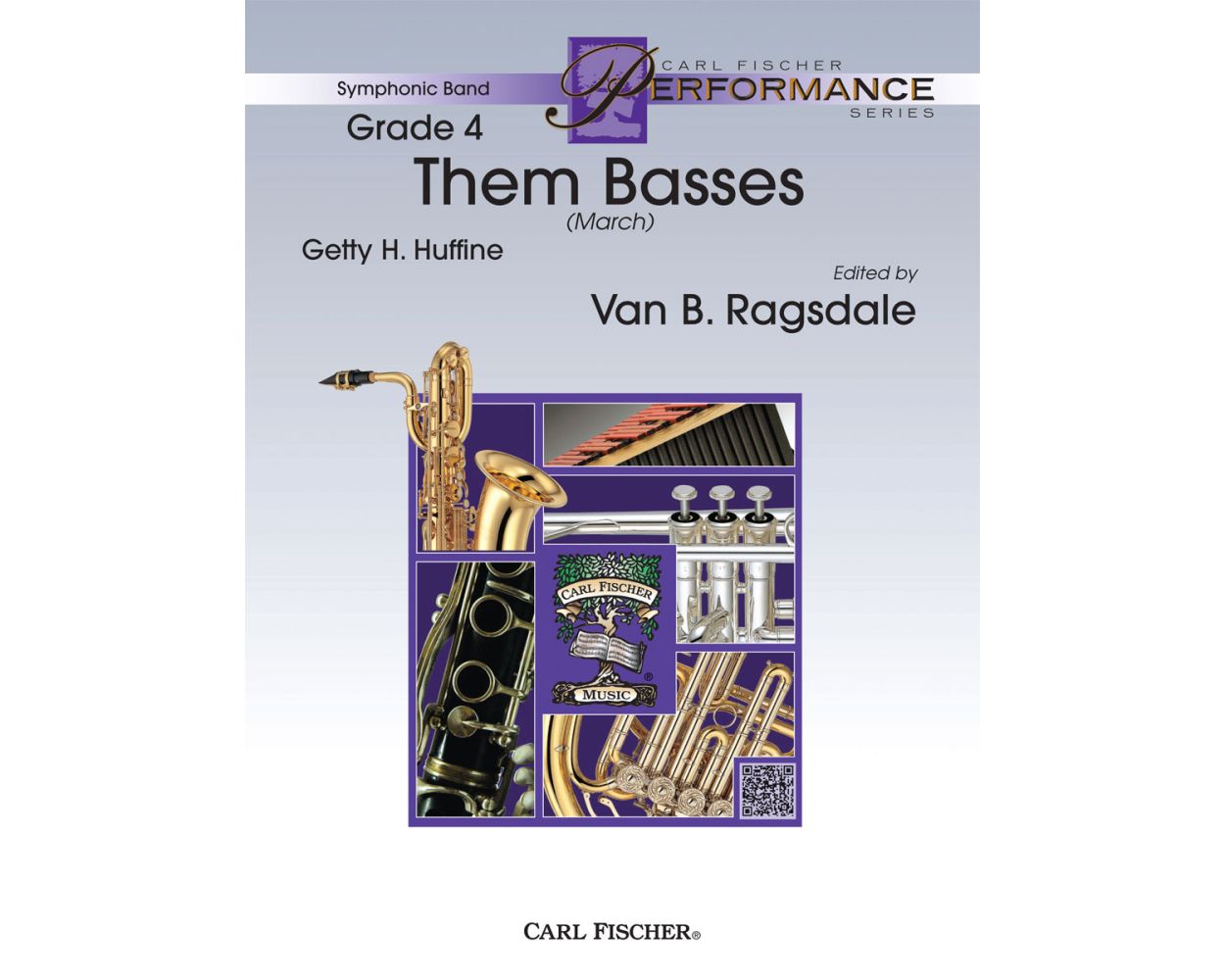 £84.00
£84.00Them Basses - G. Huffine
One of the few marches where the lower voices handle the melody, Them Basses has been heard in countless movies and television shows. We're happy to present it here for the first time in a full-size edition. Van Ragsdale has edited this march with great care to preserve it for generations to come.
Estimated dispatch 12-14 working days
-
 £8.00
£8.00The New Bennett Band Book - Harold Bennett
The Bennett Band Books, published in four volumes starting in 1923, were used to teach literally millions of young band musicians in the middle of the twentieth century the march form and style. The pieces utilized in this book are: Activity, Summit, Success, Project, Courage, Mister Joe, Genius, Improvement, At Sight, Little Rastus, Laurel and Aline. These delightful marches, composed by famous march composer Henry Fillmore using the pseudonym Harold Bennett, have been given new life by arranger Larry Clark. The original essence of these marches is retained and only the instrumentation and some range issues have been altered to fit the needs of today's developing bands. This collection includes twelve of the Bennett marches along with a helpful march warm-up section composed by Larry Clark to help you teach the march form and style to young students. There is the added benefit of a full recording of each march performed by a professional band on the CD that is included in the conductor's score. This is a valuable collection for any level band to use for marches at contest/festival performance or for sight-reading purposes.
Estimated dispatch 12-14 working days
-
 £100.00
£100.00Four Scottish Dances - Malcolm Arnold
These dances were composed early in 1957, and are dedicated to the BBC Light Music Festival. They are all based on original melodies but one, the melody of which is composed by Robert Burns. This Classic Band Edition is the definitive wind ensemble orchestration of worldwide renown, as referenced in the composer's own Program Notes:"The first dance is in the style of a slow strathspey -- a slow Scottish dance in 4/4 meter -- with many dotted notes, frequently in the inverted arrangement of the 'Scottish snap.' The name was derived from the strath valley of Spey. The second, a lively reel, begins in the key of E-flat and rises a semitone each time it is played until the bassoon plays it, at a greatly reduced speed, in the key of G. The final statement of the dance is at the original speed in the home key of E-flat.The third dance is in the style of a Hebridean song and attempts to give an impression of the sea and mountain scenery on a calm summer's day in the Hebrides. The last dance is a lively fling, which makes a great deal of use of the open string pitches of the violin (saxophones in the band edition)."
Estimated dispatch 12-14 working days
-
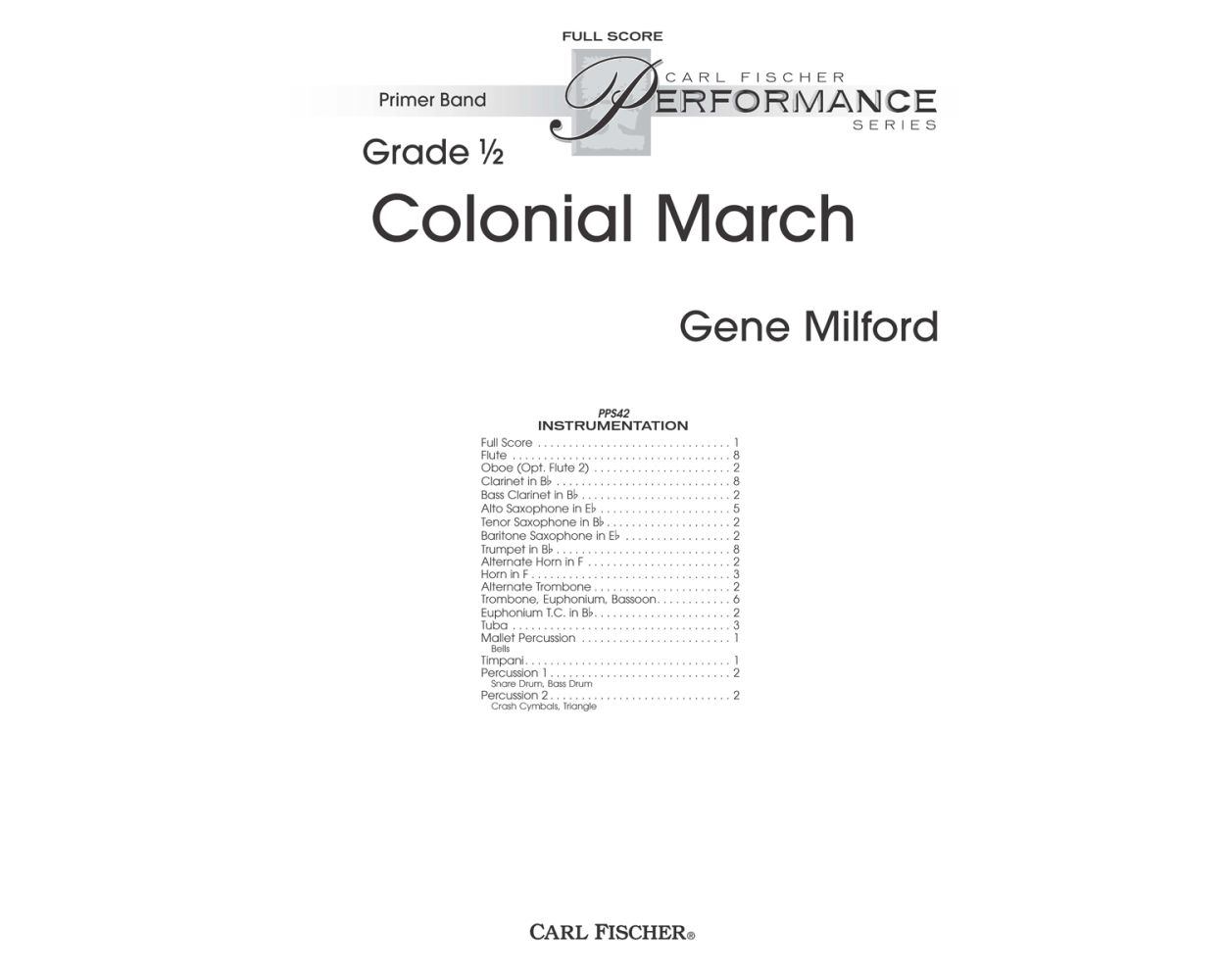 £39.00
£39.00Colonial March
Colonial March is a stately British style march for beginning bands. George Washington served in the British colonial army prior to the American Revolution when he became the colonies' Commander-in-Chief and later the first President of the new nation. Two melodies, Yankee Doodle and America (My Country 'Tis of Thee or God Save the King) were known to both the British and American armies and are incorporated in this precious march for the youngest of students.
Estimated dispatch 12-14 working days
-
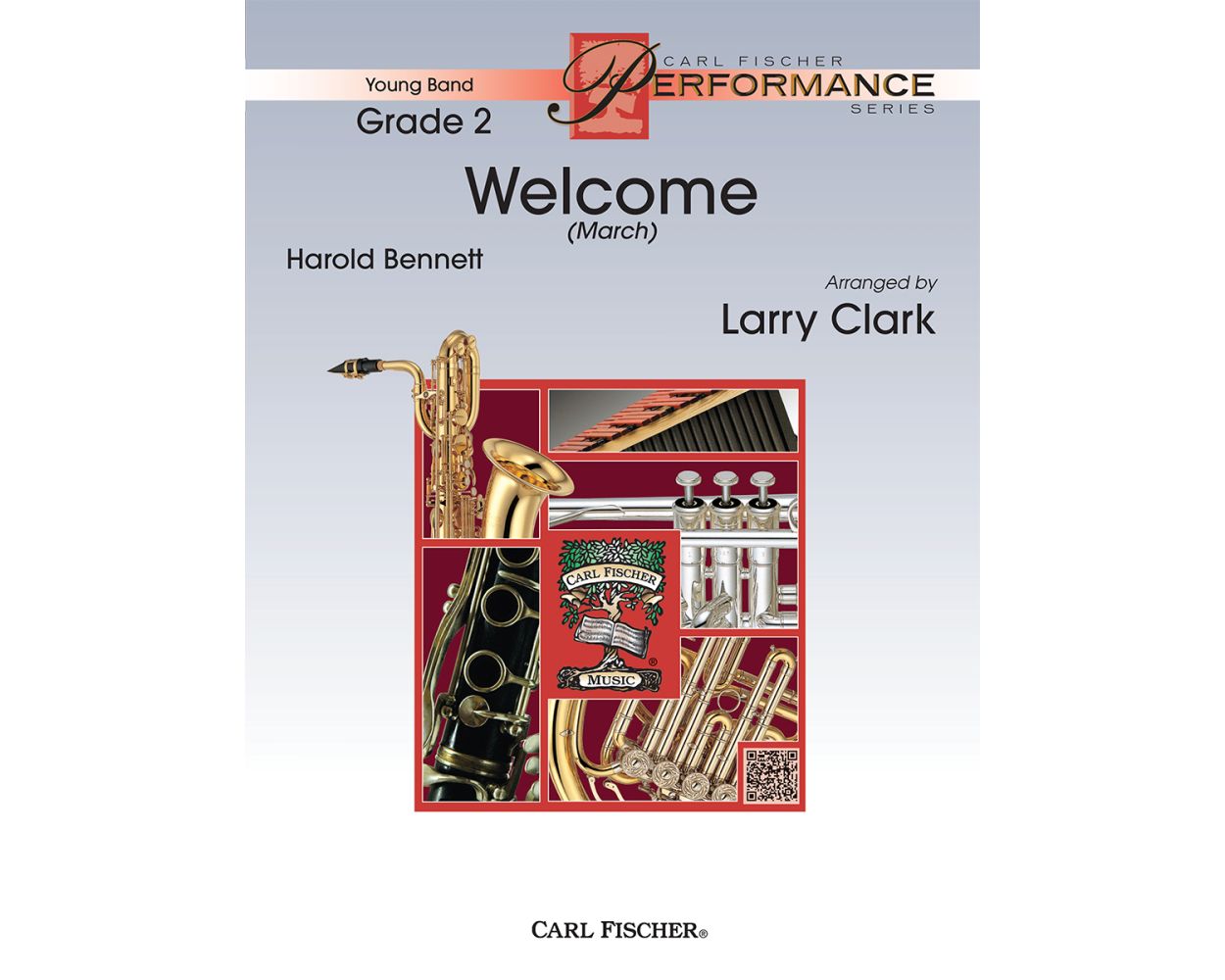 £54.00
£54.00Welcome - Harold Bennett
What could be better for contest warm-up than to play a tuneful Harold Bennett march? Larry Clark has arranged a classic for today's young bands, and it is perfect for introducing the march form and style to young players. We're pleased to bring this standard back into the spotlight.
Estimated dispatch 12-14 working days
-
 £73.00
£73.00Chisholm Trail
Chisholm Trail has a truly American quality, containing hints of music from the mountains, which evoke the rugged terrain and the pioneering spirit that were so important to the growth of this great nation. Carl Strommen is most at home in this style and has great success with it... in fact, this may be his best one yet! It's challenging, but energetic and fun to play. Students will enjoy it and audiences will love to hear it. This is a winner!
Estimated dispatch 12-14 working days
-
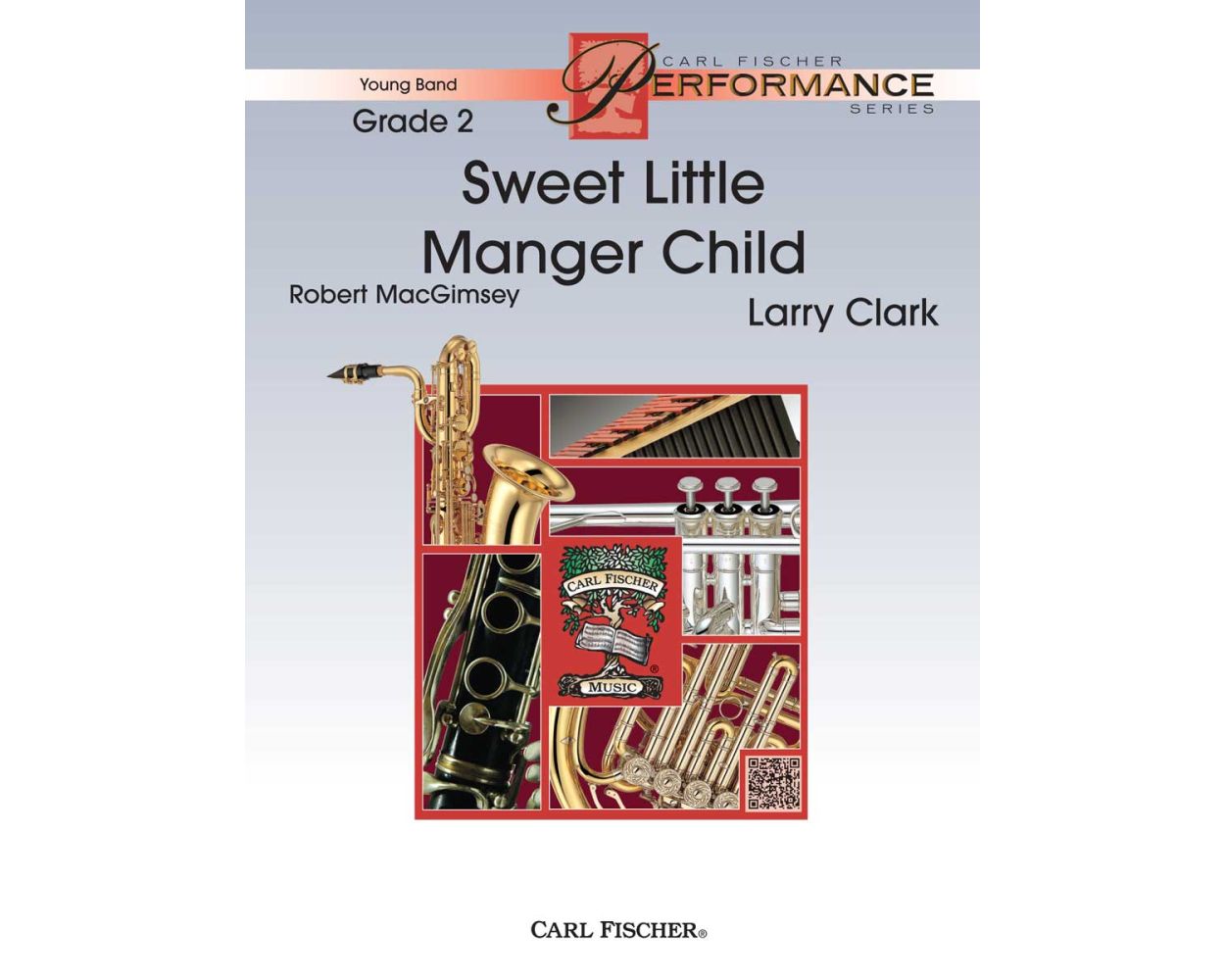 £50.00
£50.00Sweet Little Manger Child - Robert MacGimsey
This subtle, yet tasteful arrangement for the holiday season includes the African-American styled piece Sweet Little Jesus Boy by Robert MacGimsey paired with the traditional Away in a Manger. Larry Clark continues to find creative ways to merge two popular Christmas favorites and make it seem as if they were always meant to be seamlessly combined. This is the mark of a great composer/arranger. We know you and your students will enjoy this stunning arrangement.
Estimated dispatch 12-14 working days
-
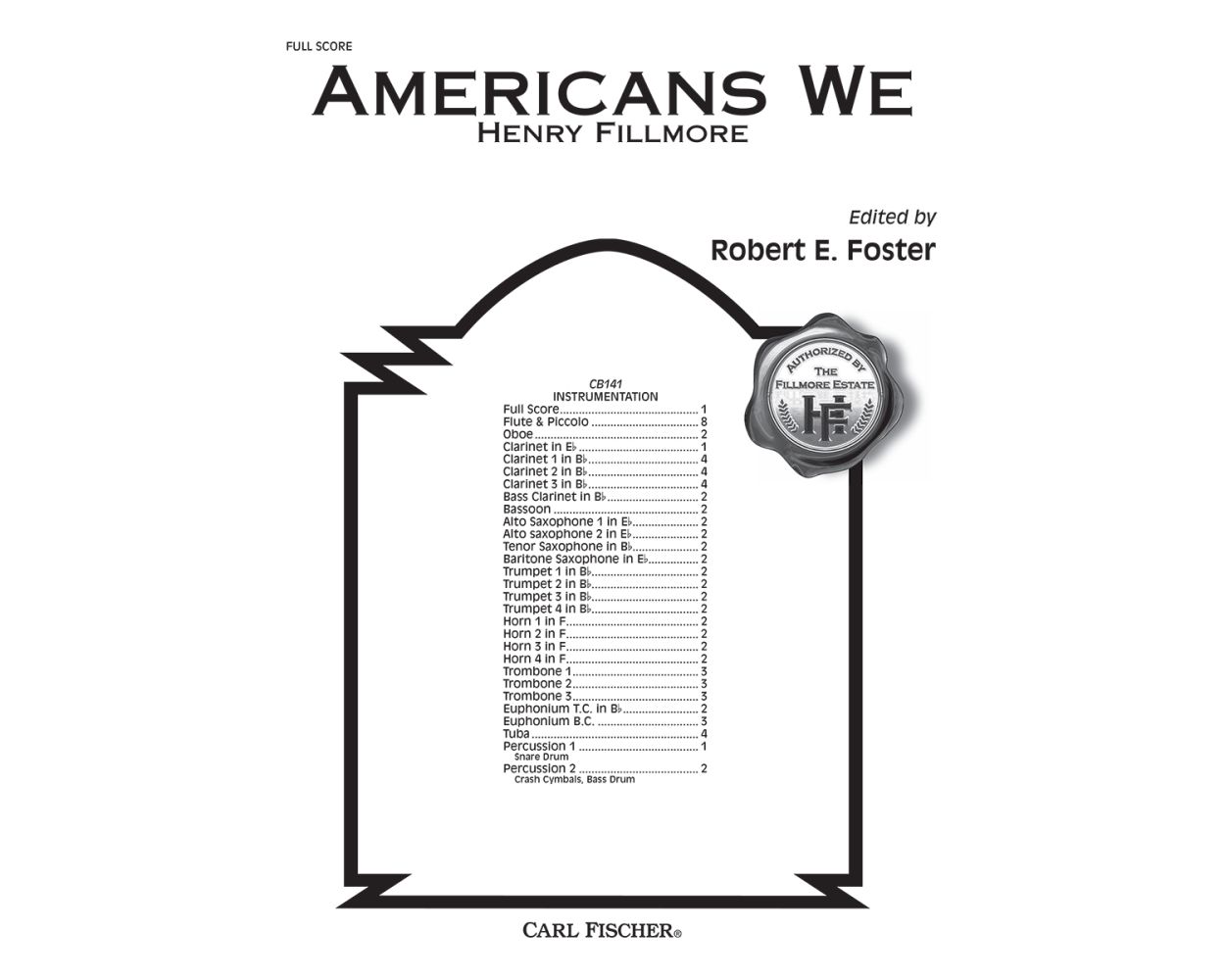 £77.00
£77.00Americans We - Henry Fillmore
This may be one of the most popular marches of the hundreds that were written by Henry Fillmore. Robert Foster has clarified some inconsistencies in the original quick-step size edition and provided extensive program notes on performing this marvelous march.
Estimated dispatch 12-14 working days
